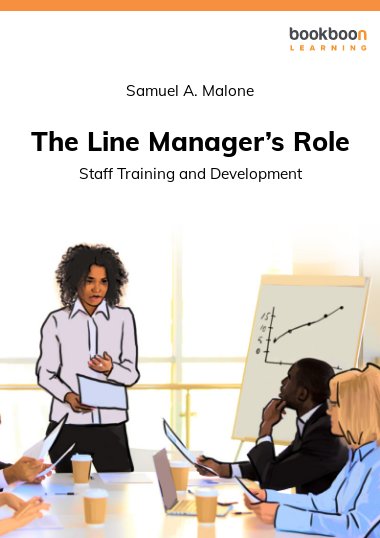The line manager plays a critical role in the training and development of staff. In many organisations the HRM role is shared between HRM and line managers. Line managers observe their staff every day, and know exactly their strengths and weaknesses and what their concerns and training needs are. The modern workplace is continually changing, including the external environment in which it operates, so that there is a need for the line manager and staff to keep up-to-date, and to upgrade skills and techniques to run the business productively, profitably, and competitively.
About the Author
Samuel A Malone is a self-employed training consultant, lecturer and author. He is the author of 21 books published in Ireland, the UK and abroad on learning, personal development, study skills and business management. Some of his books have gone into foreign translations and second editions. He has an M.Ed. with distinction (in training and development) from the University of Sheffield and is a qualified Chartered Management Accountant (ACMA), Chartered Global Management Accountant (CGMA) and a Chartered Secretary (ACIS). He is a fellow of the Irish Institute of Training and Development (FIITD).

